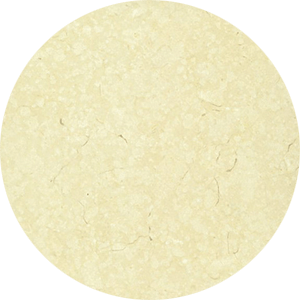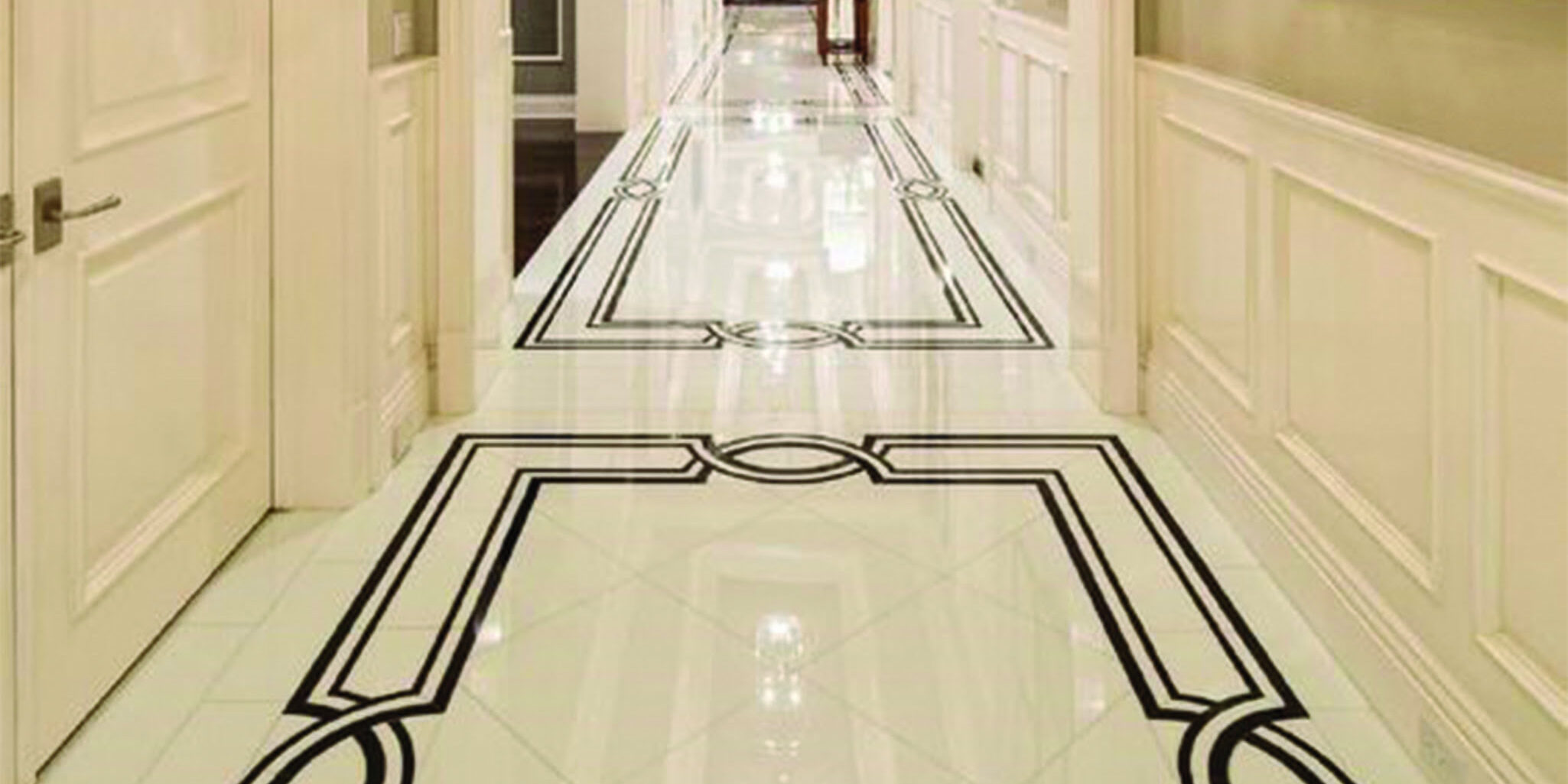Egyptian Limestone vs. Granite:
Comparing Characteristics, Uses, and Benefits
Natural stones such as Egyptian limestone and granite have been utilized for centuries in various architectural and design applications due to their distinctive characteristics and aesthetic appeal. In this all-inclusive guide, we will explore the variances between Egyptian limestone and granite. We will compare their formation, composition, appearance, durability, maintenance requirements, applications, pricing, environmental impact, and design considerations.


Formation and Composition
Egyptian limestone is a type of sedimentary rock that forms over millions of years from the accumulation of skeletal fragments of marine organisms. This rock is light in color and has a softer appearance, mainly composed of minerals such as calcite and aragonite.
On the other hand, granite is an igneous rock that forms from the slow crystallization of molten magma deep within the Earth’s crust. This rock consists primarily of quartz, feldspar, and mica, giving it a dense and durable structure with various colors and patterns.
Appearance and Aesthetics
Egyptian limestone is known for its cream or beige color with subtle veining and fossils, which adds a warm and inviting look to any space. It has a softer appearance and is often used to create a relaxed and natural ambiance in both interior and exterior spaces.
Granite is renowned for its striking appearance and is available in a wide range of colors such as black, gray, pink, and red, with unique patterns and veining. Its polished surface enhances the colors and depth of the stone, making it a popular choice for high-end applications.
Durability, Strength, and Other Benefits
When it comes to durability, granite is a better choice than Egyptian limestone due to its higher density and hardness. Granite is resistant to scratches, heat, and stains, which makes it a great option for kitchen countertops, flooring, and outdoor installations where durability is essential.
On the other hand, Egyptian limestone is softer and more prone to scratching and staining. However, it has its own advantages such as good thermal conductivity, which makes it perfect for flooring in warmer climates. Additionally, it provides a natural and earthy look that adds charm to architectural designs.
Maintenance and Care
Granite is a low-maintenance material that usually requires only regular cleaning with mild detergent and occasional resealing. This resealing helps prevent stains and etching from damaging the surface of the granite, and with proper care, it can remain beautiful for decades.
Egyptian limestone, on the other hand, is more porous and requires careful maintenance to prevent staining and etching. Applying a sealant to the stone can help improve its durability and protect it from moisture and spills, which helps extend its lifespan and maintain its appearance.
Applications and Uses
Both Egyptian limestone and granite have wide-ranging applications in construction and design. Granite is often used for kitchen countertops, bathroom vanities, flooring, wall cladding, and outdoor paving due to its durability and aesthetic appeal.
On the other hand, Egyptian limestone is preferred for interior flooring, wall cladding, fireplace surrounds, and architectural details, creating a peaceful and natural atmosphere. It is also used in landscaping and garden features to enhance outdoor spaces.
Pricing and Availability
Granite is generally pricier compared to Egyptian limestone because of its durability, the rarity of certain colors, and the processing requirements for polished finishes. The prices may differ based on color, origin, thickness, and quality.
Egyptian limestone, on the other hand, is more affordable and widely accessible, making it a cost-effective option for homeowners and designers who seek natural stone solutions. It comes in different finishes, sizes, and thicknesses to suit various projects.
Environmental Impact
Both Egyptian limestone and granite are natural materials that are extracted from quarries, and this process can have environmental implications such as habitat disruption and energy consumption. However, there are efforts underway to promote sustainable quarrying practices and reduce environmental impact.
When selecting between Egyptian limestone and granite for design projects, it’s important to consider various factors such as the desired aesthetic, durability requirements, maintenance preferences, budget constraints, and environmental considerations. Each stone offers unique benefits and can enhance the beauty and functionality of interior and exterior spaces.

